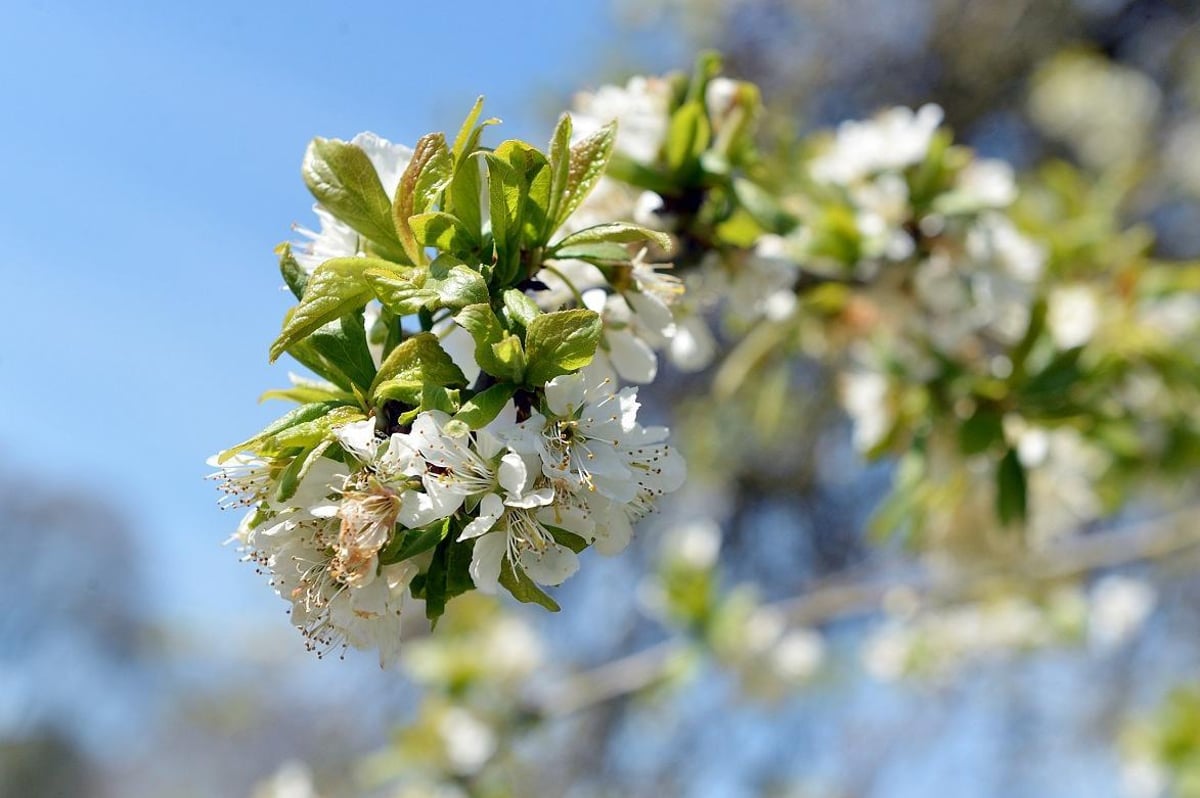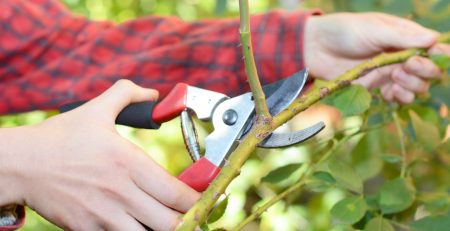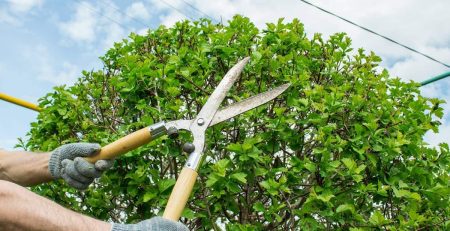Preparing Your Trees for Spring: Essential Care and Maintenance
Spring is a time of renewal and growth, and it’s also the perfect opportunity to give your trees the care they need to thrive throughout the year. Preparing your trees for spring involves essential maintenance practices that promote their health, beauty, and resilience. In this article, we will explore key steps you can take to ensure your trees are ready for the vibrant season ahead.
- Inspect and Assess: Start by inspecting your trees for any signs of damage or disease that may have occurred during the winter months. Look for broken branches, cracks in the trunk, or pest infestations. Assess the overall health and vigor of the tree, noting any areas that require attention or potential hazards.
- Pruning and Trimming: Spring is an ideal time for pruning and trimming trees, as it promotes healthy growth and shape. Remove dead, diseased, or damaged branches to enhance the tree’s structural integrity and prevent the spread of diseases. Thinning out dense canopies allows for better airflow and sunlight penetration, promoting overall tree health.
- Mulching: Apply a layer of organic mulch around the base of your trees, keeping it a few inches away from the trunk. Mulching helps retain soil moisture, regulates soil temperature, and suppresses weed growth. It also improves soil structure and provides a protective barrier against lawn equipment that could cause damage to the tree’s roots.
- Fertilization: Consider fertilizing your trees in early spring to provide essential nutrients for their growth. Soil tests can help determine the specific nutrient requirements of your trees. Choose a balanced, slow-release fertilizer and follow the recommended application rates. Proper fertilization encourages healthy foliage, root development, and overall vitality.
- Watering: Monitor soil moisture levels and ensure that your trees receive adequate water, especially during dry spells. Deep watering is preferable, allowing moisture to penetrate the root zone. Watering in the early morning or late afternoon minimizes water loss due to evaporation. Avoid overwatering, as excessive moisture can lead to root rot and other problems.
- Weed Control: Remove weeds and grass from around the base of your trees to reduce competition for water, nutrients, and light. Weeds can hinder the growth and development of young trees. Consider using mulch or installing a weed barrier to suppress weed growth and maintain a clean, weed-free zone around the tree.
- Pest and Disease Management: Be vigilant for signs of pest infestations or disease symptoms on your trees. Early detection and intervention are crucial for effective management. Consult with a certified arborist if you notice any unusual leaf discoloration, pest activity, or visible signs of diseases. They can provide appropriate treatment options and guide you on prevention strategies.
Preparing your trees for spring sets the stage for their optimal growth and vitality throughout the year. By inspecting, pruning, mulching, fertilizing, watering, controlling weeds, and managing pests and diseases, you ensure that your trees are equipped to flourish in the vibrant season ahead. Regular care and maintenance contribute to the long-term health, beauty, and resilience of your trees, allowing them to thrive and provide shade, beauty, and environmental benefits for years to come. Take the time to give your trees the essential care they deserve, and enjoy the rewards of healthy and vibrant trees in your landscape.











